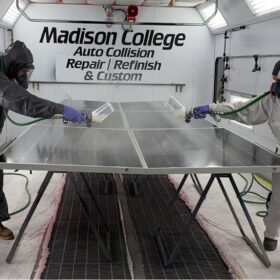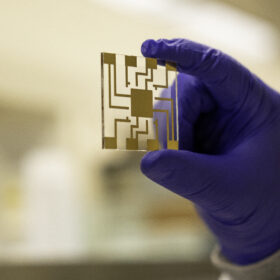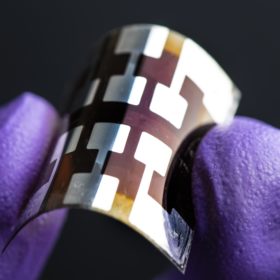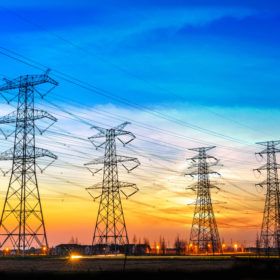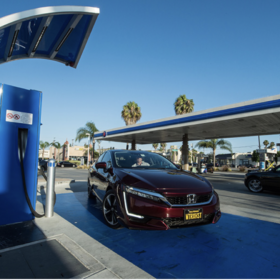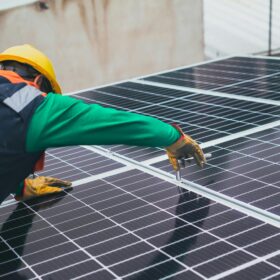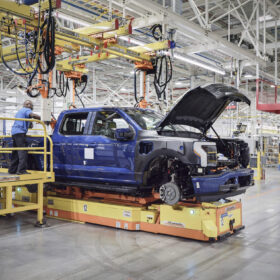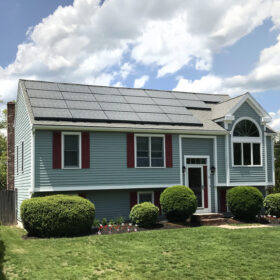Grid-forming inverters will enable a high-renewables grid
As renewable generation increases, so does the need for grid-forming inverters to provide the same functionality that rotating synchronous generators provide. The UNIFI Consortium is coordinating industry progress on the new inverter technology.
Novel thin-film anti-soiling coating increases solar module yield by over 3%
A group of scientists in the United States saw ‘encouraging’ results after testing the commercialization of novel coating materials in field tests, with the coating only increasing a panel’s total cost by 1.4%.
Mattiq developing iridium alternatives to solve constraint on green hydrogen
Iridium oxide catalysts are used in proton exchange membrane water electrolyzers, a product that is being manufactured at larger scales in part to support the hydrogen industry.
MIT scientists develop solar desalinator with high water output
Massachusetts Institute of Technology (MIT) researchers have developed a solar desalinator with high water output, via a multi-stage system of evaporators and condensers. It offers cost-effective solar desalination, making solar-produced drinking water cheaper than tap water for the first time.
P-type solar products may be phased out by 2026 as n-type tech ‘rapidly’ expands
The rise of cost-effective TOPCon cell technology last year led to a ‘surge’ in production demand for solar n-type cell technology, with leading industry analysts TrendForce prophesying PERC cell capacities ‘may’ be phased out in two to three years.
Carbon electrode perovskite solar cells on track to commercialization
Carbon electrode back-contacts for perovskite solar cells promise simpler, less energy-intense manufacturing, but low power conversion efficiency has held back adoption. However, this may change now, as researchers are overcoming the barriers to commercialization.
HVDC transmission serves mostly wind and hydro power, not solar
A report from The Brattle Group and DNV recommends clearing barriers in the U.S. to high-voltage direct current (HVDC) transmission. HVDC transmission projects show many cost-saving use cases, but so far, transmitting solar power is rarely among them.
Hydrogen stations could avoid unplanned shut-downs with predictive models, research finds
The NREL study focuses on a specific model that uses data to reduce the frequency of unscheduled maintenance, and increase the frequency of preventive maintenance.
What causes batteries to degrade?
Having discussed battery chemistry in a previous article, Volytica diagnostics here examines the causes of battery degradation and how to extend device lifetimes, ahead of a pv magazine webinar tomorrow.
Sunrise brief: Unraveling the IRA’s domestic content rules
Also on the rise: How long do residential solar batteries last? Sharp unveils all-black 420 W TOPCon solar panel with 21.51% efficiency. And more.

